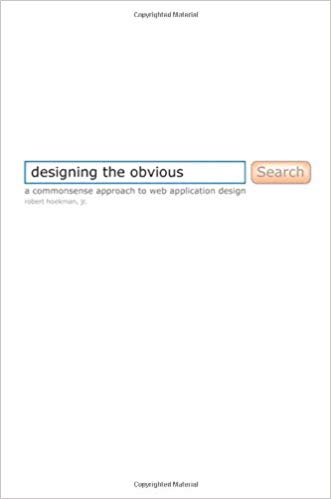User Experience Design
Don Norman describes it best:
I invented the term because I thought human interface and usability were extremely good. I wanted to cover all aspects of the person's experience with the system including industrial design graphics, the interface, the physical interaction and the manual. Since then the term has spread widely, so much so that it is starting to gain its meaning.
Today, User Experience Design typically encompasses:
- Graphic Design
- Interactive Design
- Responsive Design
- Usability
- Accessibility
- User Research
- User Testing
User experience is the complete package. From the moment a customer receives their new iPhone in its sleek interior packaging to the smell of the box, the charge level of the phone out of the box, the feel of the device in the hand, the consistent performance of the capacitive touch display, the wide variety of available apps, the battery life of the device, its resistance to water and breakage, the quality of the wifi connection. These are all encompassed by the user's experience of the product. User Experience Design is the domain responsible for ensuring quality and consistency across the entire surface area of the product experience.

The Design of Everyday Things
Even the smartest among us can feel inept as we fail to figure out which light switch or oven burner to turn on, or whether to push, pull, or slide a door. Good, usable design is possible. The rules are simple: make things visible, exploit natural relationships that couple function and control, and make intelligent use of constraints. The goal: guide the user effortlessly to the right action on the right control at the right time.
The Elements of User Experience: User-Centered Design for the Web and Beyond
From the moment it was published almost ten years ago, Elements of User Experience became a vital reference for web and interaction designers the world over, and has come to define the core principles of the practice. Now, in this updated, expanded, and full-color new edition, Jesse James Garrett has refined his thinking about the Web, going beyond the desktop to include information that also applies to the sudden proliferation of mobile devices and applications.
Don't Make Me Think: A Common Sense Approach to Web Usability
Since Don’t Make Me Think was first published in 2000, hundreds of thousands of Web designers and developers have relied on usability guru Steve Krug’s guide to help them understand the principles of intuitive navigation and information design. Witty, commonsensical, and eminently practical, it’s one of the best-loved and most recommended books on the subject.